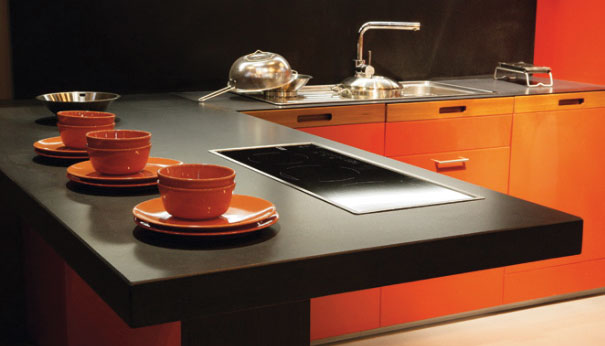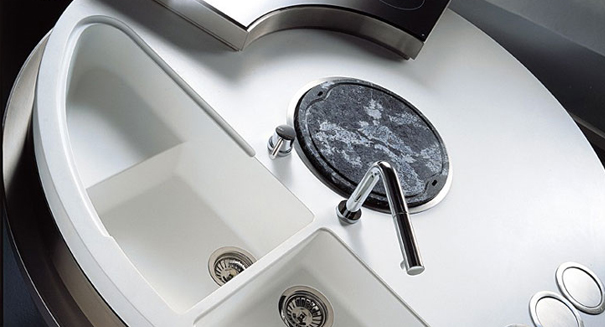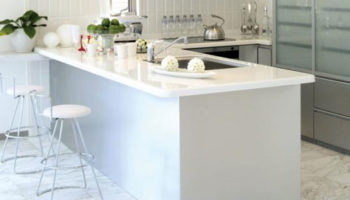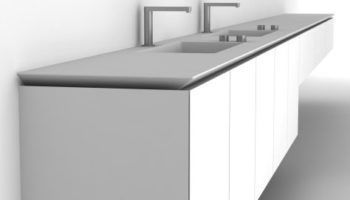Spain’s Silestone Changes the Local Kitchen Landscape
If you’re under the impression that the case is closed on the question of countertops, than you clearly haven’t perused the culinary landscape of sunny Spain, wherein a product called Silestone has caught the eyes (and the knife blades) of chefs from Galicia to Granada. Silestone was created by Cosentino Group, “a family-owned and wholly Spanish group focusing on the design, production, and distribution of surfaces for kitchens and bathrooms.”
Silestone. Designed by Cosentino Group.
Who knew they’d look to crystallised silicon dioxide (SiO2, for those with fresh memories of the periodic table), otherwise known as quartz, a natural compound whose formidable hardness and resistance to acids makes for excellent performance in the kitchen.
Silestone contains 94% quartz, meaning that it’s well-equipped to weather the perpetual barrage of chopping, slicing, dicing, filleting, and broad-edge squishing (and there’s a lot of that in Spain, given the national fetish for garlic). In addition to the prospect of an un-nickable cutting surface, Silestone offers an uber-hygienic cooking atmosphere: it’s the only quartz work-top with anti-bacterial protection. Couple that with attractive uniformity and an intrinsically beautiful color palette–one that includes solid colors as well as quartz’s organic translucent veining–and you have a work surface that rightly deserves to transcend the ocean-bound confines of Iberia.
As we saw some time back with Okite–another surface material made mostly of quartz (93%, in fact)–Silestone is also ideal for kitchens because it lacks porosity, that tendency to suck up liquid that renders granite less than ideal. This not only means that Silestone stays extremely clean and nigh-on germ-free, but also that it never stains, surely a godsend for designers as well as chefs, especially those with a yen for the aesthetic beauty of well-arranged foodstuffs and a put-together kitchen.






Leave a Reply